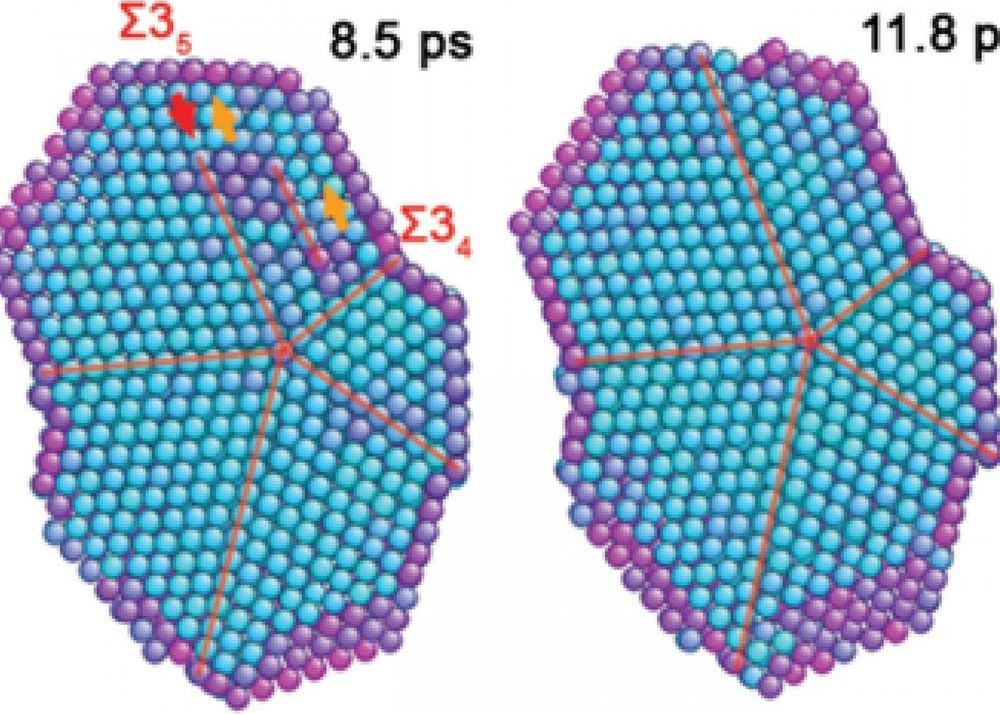
The power shift continues.
Uber, the world’s largest taxi company, owns no vehicles. Facebook, the world’s most popular media owner, creates no content. Alibaba, the most valuable retailer, has no inventory. And Airbnb, the world’s largest accommodation provider, owns no real estate. Something interesting is happening.
Since the Industrial Revolution, the world has developed complex supply chains, from designers to manufacturers, from distributors to importers, wholesalers and retailers, it’s what allowed billions of products to be made, shipped, bought and enjoyed in all corners of the world. In recent times the power of the Internet, especially the mobile phone, has unleashed a movement that’s rapidly destroying these layers and moving power to new places.
Continue reading “The Battle Is For The Customer Interface” »


















